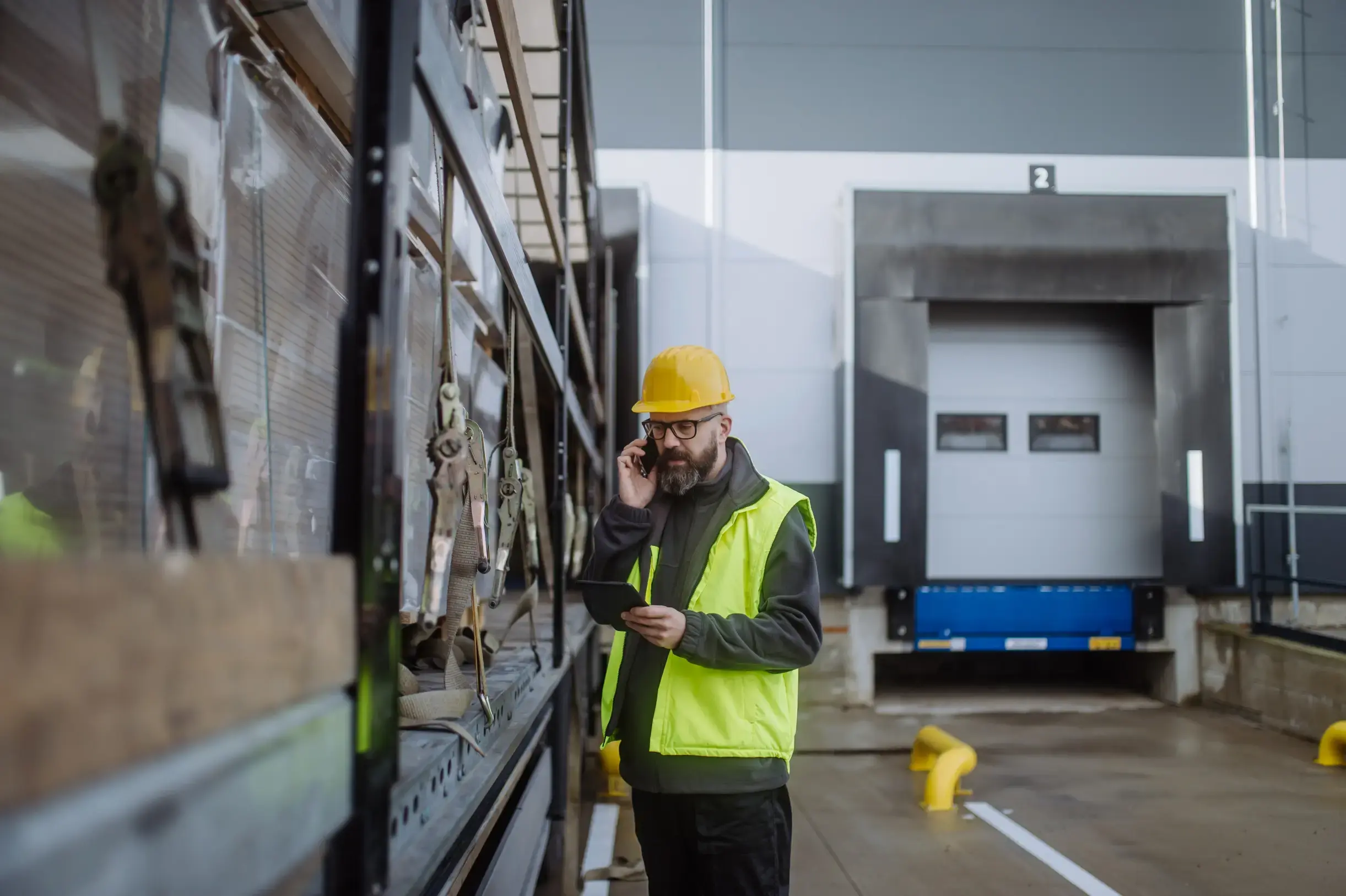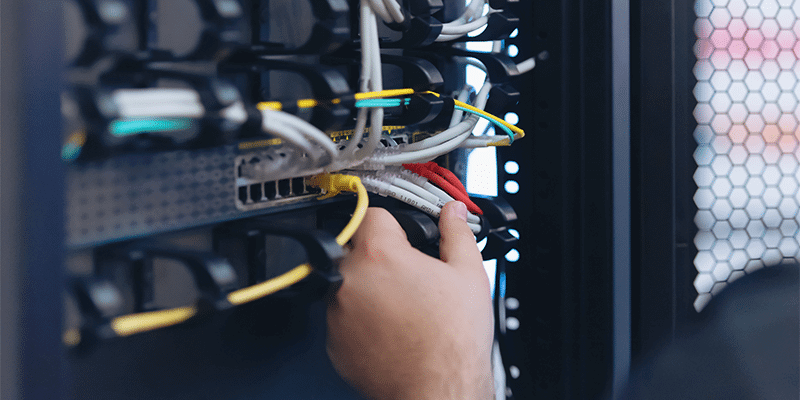Stay Connected and Secure with Redway Network’s Wireless & Network Solutions
You need a reliable and secure network. Our expert team delivers specialist wireless and networking solutions tailored to you, built around our complete management philosophy.


Complete WiFi & Network Management
Each of our WiFi and Network services can be delivered individually. But it’s our promise of our Complete Network & WiFi Management that really makes the difference.
- Wireless & WiFi Service
- Networking Solutions
Wireless & WiFi Service
Delivered by certified engineers we’ll deploy your wireless network with minimal disruption.
Ongoing, proactive managed services ensure your new wireless network drives your business.



Delivered by certified engineers we’ll deploy your wireless network with minimal disruption.

Ongoing, proactive managed services ensure your new wireless network drives your business.
Networking Solutions
We’ll audit your entire network from edge, to core, and security to identify vulnerabilities.
Our experts build a high-performance network designed around your organisations’ specific needs.
The entire installation process is delivered by our certified engineers with minimal downtime.
Proactive managed network services ensure your new network delivers consistently.

We’ll audit your entire network from edge, to core, and security to identify vulnerabilities.

Our experts build a high-performance network designed around your organisations’ specific needs.

The entire installation process is delivered by our certified engineers with minimal downtime.

Proactive managed network services ensure your new network delivers consistently.
Specialists in WiFi and Networks for Education, Industrial & Commercial
We can deliver our Complete WiFi & Network Management Solutions across a variety of industries, but we have developed particular expertise in working within the education, industrial and commercial sectors.
Using our experience and knowledge working with clients in these sectors we know what works, meaning we can deliver your WiFi and network solutions within minimal disruption and downtime.
Education
Reliable, high-performing WiFi and managed Networks that support schools, colleges and universities to deliver reliable, secure connections and staff and students.
Warehouses & Industrial
No matter how big your site or operation we’ll design a network that guarantees complete WiFi coverage and connectivity.
Commercial & Offices
Get secure, scalable network connectivity that delivers more productivity and potential for business growth.
Why Choose Redway Networks?
We ensure you get network connectivity and proactive managed services that will deliver for your organisation. Here’s why organisations choose to work with us:
.jpg)
Industry-Leading Technical Expertise
Our team designs and implements networking and wireless solutions that are tailored to meet the unique requirements of your business.

Reliable Solutions
We ensure that your network performs to its peak potential, providing consistent coverage and performance.
Custom Approach
Redway Networks takes the time to understand your specific needs, providing bespoke solutions to support your success.
Proven Track Record
With countless successful projects under our belt, we’ve earned trust across the education, commercial, and industrial sectors.
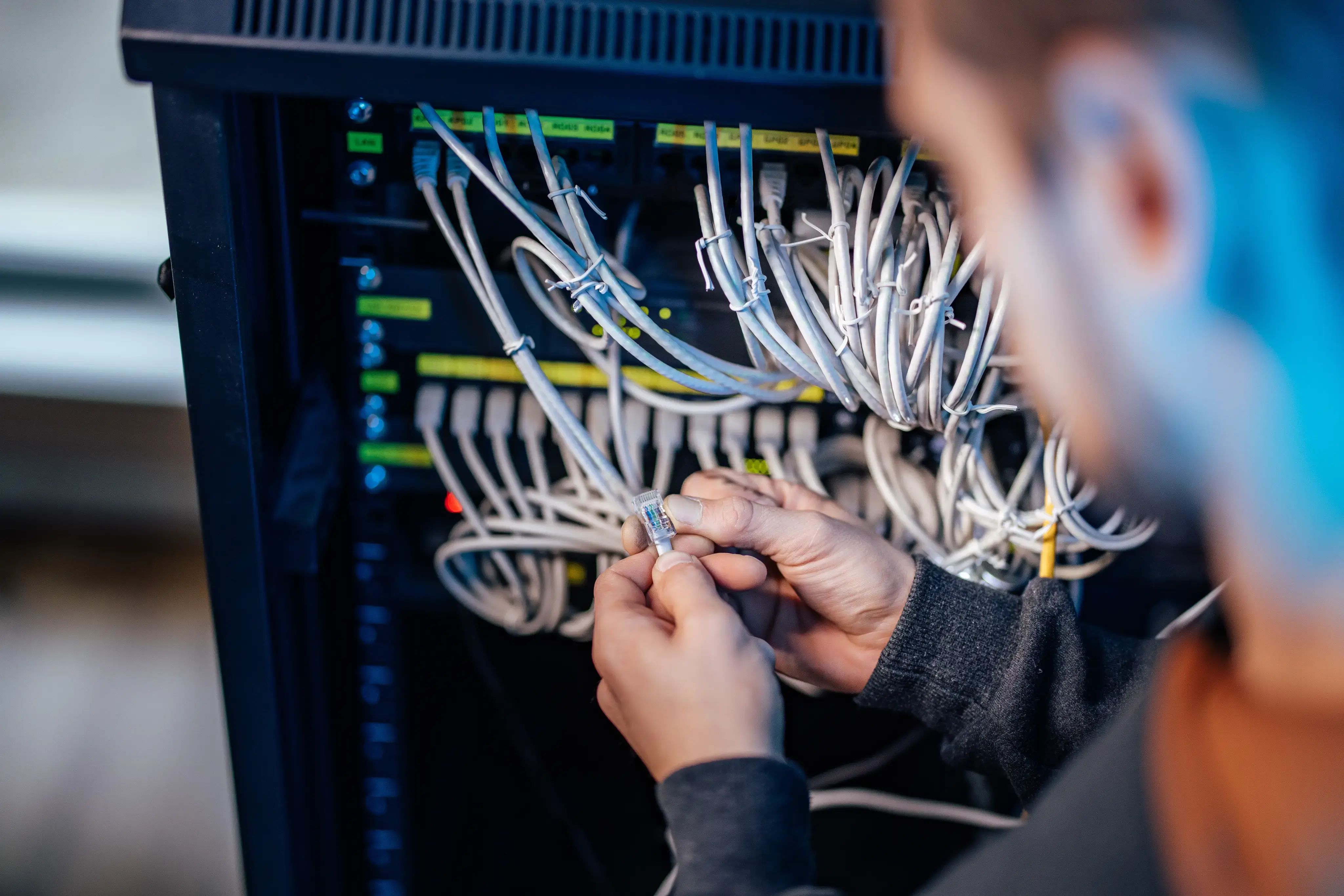
Minimal Disruption
Our experts possess the knowledge and experience to complete work with minimal disturbance and interruption to your daily operations.
What Our Customers Say About Working with Redway Networks

“Redway Networks was a great partner to work with and went above and beyond to install the networks out of school hours, so lesson time wasn’t interrupted. It was great to have a trusted and knowledgeable partner like Redway Networks to work with.”
Richard Pycroft, IT Manager at Leverhulme Academy Trust

“Redway Networks delivered a great project and we now have better reliability, connectivity, speed and coverage in all our warehouses.”
Trevor Green, Group Managing Director at Reedbut Group

“Our new WiFi has improved collaboration and client service and the level of engagement, service and flexibility we received from Redway Networks was brilliant.”
Chris Stedman, Head of IT, Fladgate
Our Partners
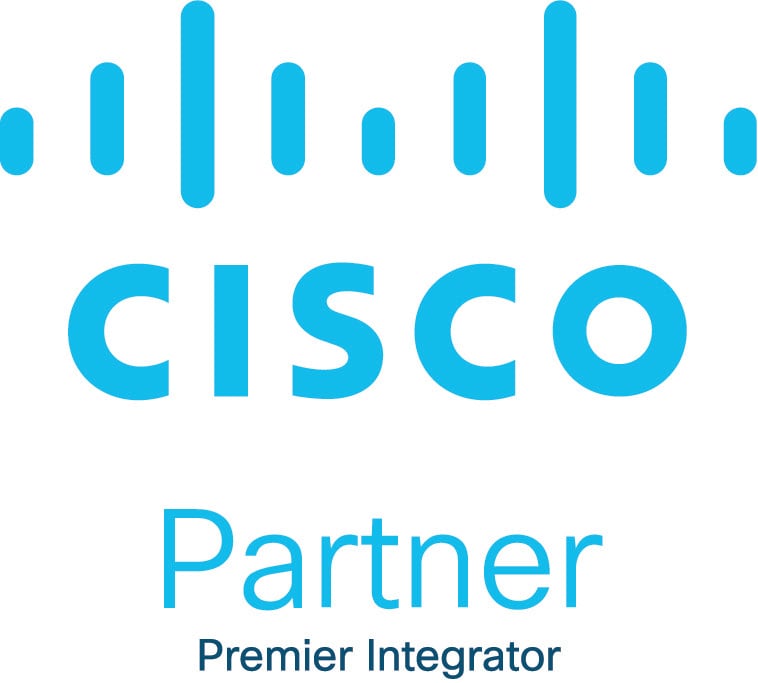





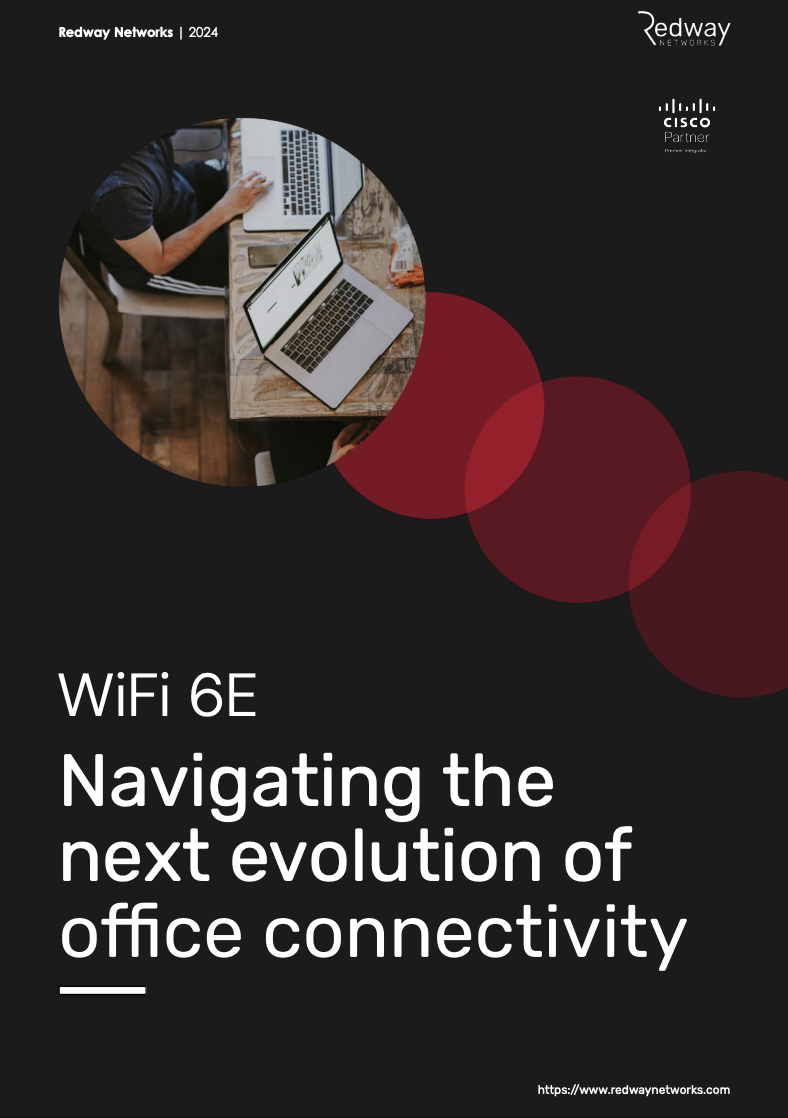
Latest Insights from Redway Networks
We ensure you get network connectivity and proactive managed services that will deliver for your organisation.
Here’s why organisations choose to work with us:
Transform Your Connectivity with Redway Networks
Whether you’re looking to improve your current network or design a brand-new infrastructure, the Redway Networks team is here to help.
Start your journey to a more reliable, high-performance network today.


